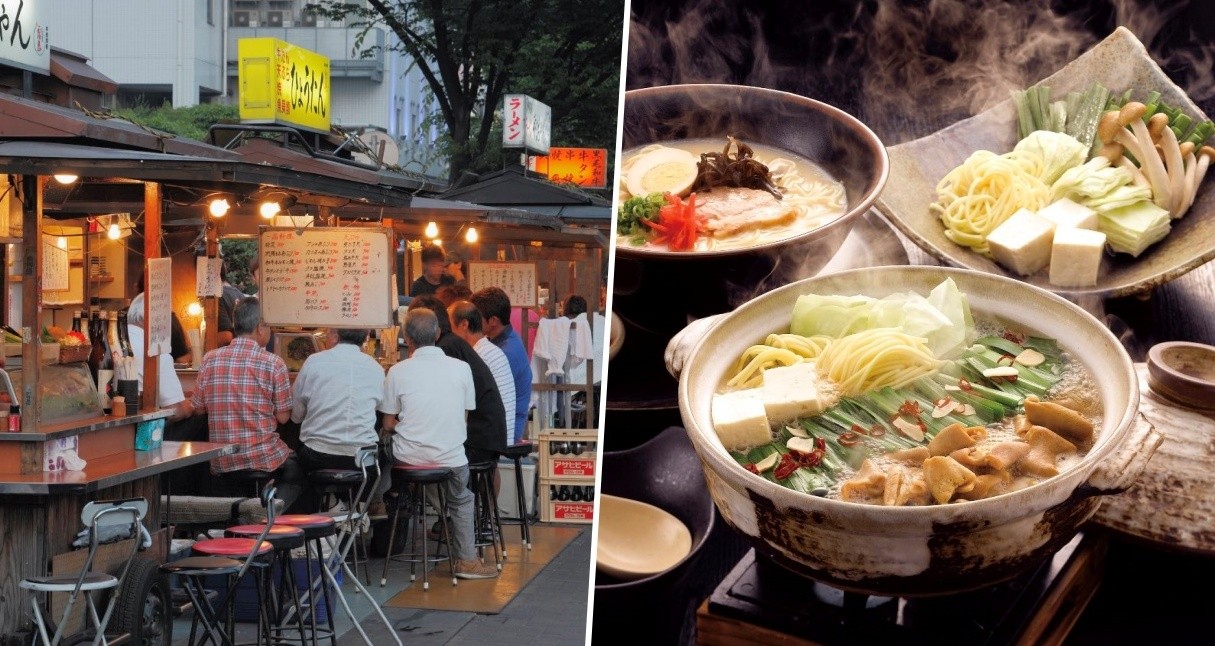Pick Your Poison: The World’s Deadliest Eats
Anyone up for some maggot-cured cheese?
by Andy Flores | November 22, 2016
Having a go at some of a country’s most sumptuous and exotic dishes while on a trip is a given. But if you’ve got an adventurous palate and the nerve to brush your taste buds against Death, then you might want to raise the bar of food-tripping. The world has a lot of dangerous yet thrilling and strangely delicious bites to offer, and we rounded up the deadliest ones for the ultimate gastronomic dare.
Fugu – Japan

Dainty on the plate, deadly at the tip of your tongue, fugu (pufferfish) is Japan’s infamous killer ingredient that’s popularly served raw (fugu sashimi). Its internal organs, especially the liver, contain tetrodoxin, a neurotoxin that’s 1,200 times more poisonous than cyanide.
Fugu is so lethal that the Japanese government issues a license to chefs who are brave enough to prepare dishes featuring this notorious fish. That doesn’t stop fugu-related deaths from happening, though. Just last year, five daring diners specifically asked for fugu liver to be served to them. You know what happened next.
Ackee – Jamaica
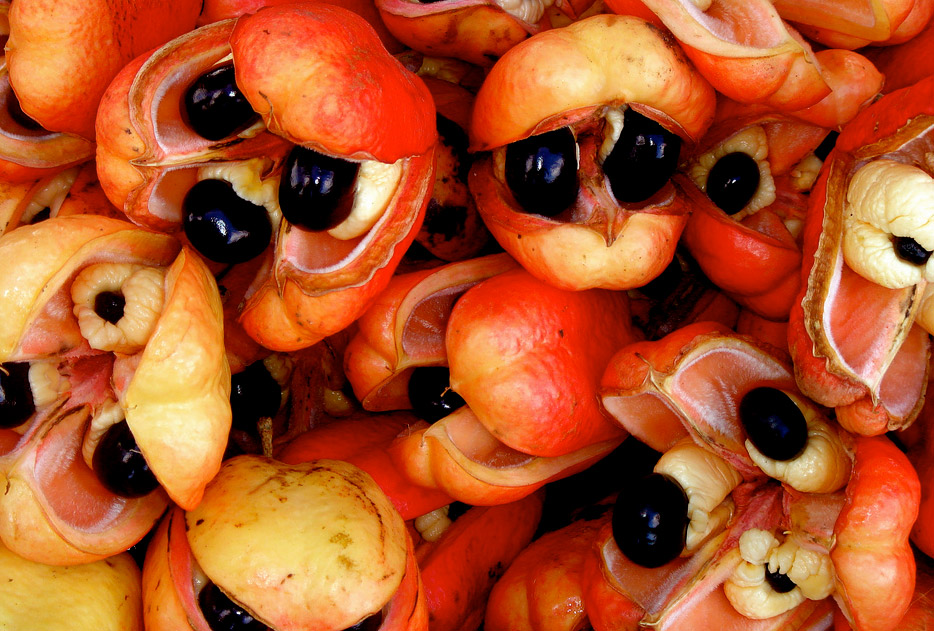
This peculiar-looking fruit is Jamaica’s national fruit and an essential ingredient to the country’s national dish ackee and saltfish. Widely consumed throughout Jamaica, it is pretty safe to eat — that is if it is prepared properly. Unripe ackee contains a poison called hypoglycin that can cause excessive vomiting, which can then lead to coma or worse, death.
To tell whether the ackee is ripe, its protective pods should look bright red and open naturally, revealing its extremely toxic black seeds and yellow-colored arils – the only edible part of the fruit.
Sannakji – Korea

Want to play a game? Here’s a deadly one. Challenge yourself to successfully eat sannakji. A rather interesting dish from South Korea, sannakji is prepared by chopping off a live baby octopus’ tentacles and quickly seasoning them so they’ll still be wriggling on the plate once served.
Beware, the suction cups of the octopus remain active even after being severed, and can latch on to the walls of your mouth, potentially choking you to death. The trick to survive this thrilling gustatory game is to chew the tentacles swiftly and completely before swallowing.
There are about six sannakji-related deaths in Korea annually.
Casu Marzu – Italy

Needless to say, Italy is home to one of the most vibrant culinary scenes in the world. From pasta to pizza to gelato, the Italians have blessed us with only the good stuff. Nothing repulsive or vomit-inducing ever came out of their kitchens — or is there?
Perhaps, some stomachs will flip at the simplest thought of casu marzu. A Sardinian soft cheese made from sheep milk, it is left uncovered, attracting flies that will then lay their eggs inside — a crucial part in the production of this delicacy, since maggots play an important role in its fermentation process.
While casu marzu doesn’t cause instant death, larva that can bore through intestinal walls can result in severe illness that could eventually lead to death if left untreated.
Fesikh – Egypt
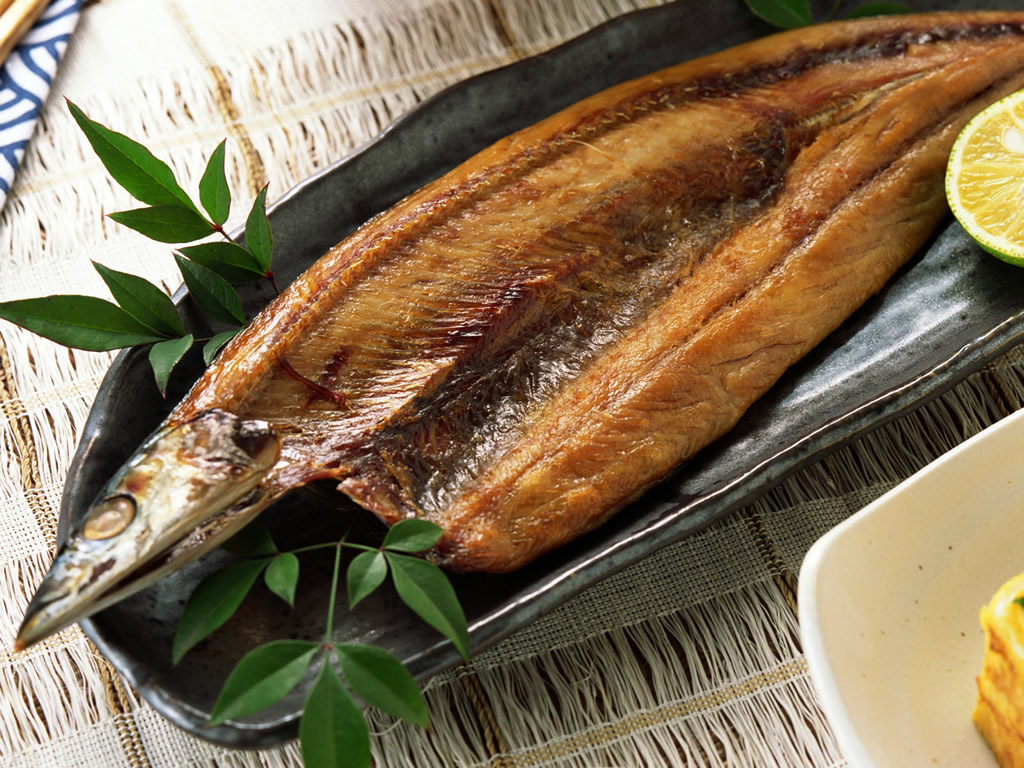
Every year, on Sham el-Nessim — an Egyptian holiday that marks the beginning of spring — this traditional dish made with fermented mullet fish graces the tables of Egyptian households. In order to be safely consumed, it must be dried under the sun and preserved in salt for up to a year.
One of the health risks fesikh poses is complete paralysis. It can also cause death, but there hasn’t been any reported fesikh-rlated deaths in the past two years.
Hákarl – Iceland
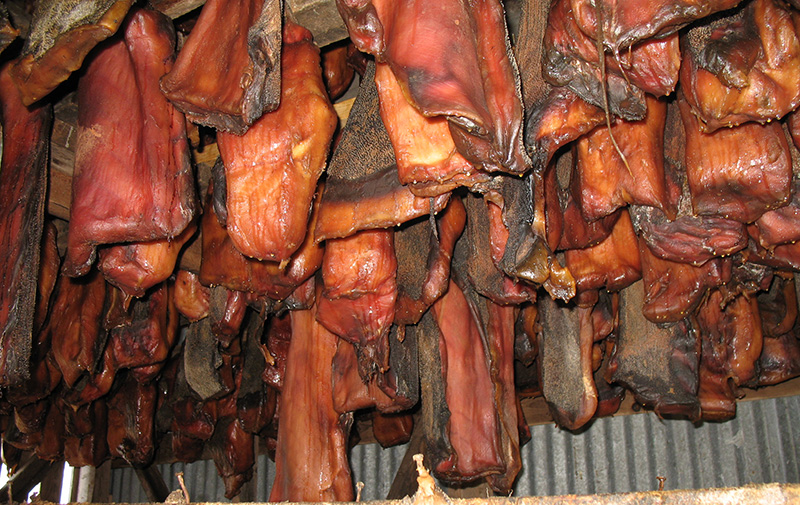
Often tagged as the worst-tasting food on earth, hákarl, which literally translates as “rotten shark,” is an Icelandic specialty that’s best known for its incredibly putrid scent.
However, the awful smell it gives off isn’t the deadly thing about it. Its main ingredient is a Greenland shark that filters its toxins through its skin and flesh. In order to be consumed safely, the shark has to be cured and hung to dry for up to six months before being served.
African Bullfrog – Namibia
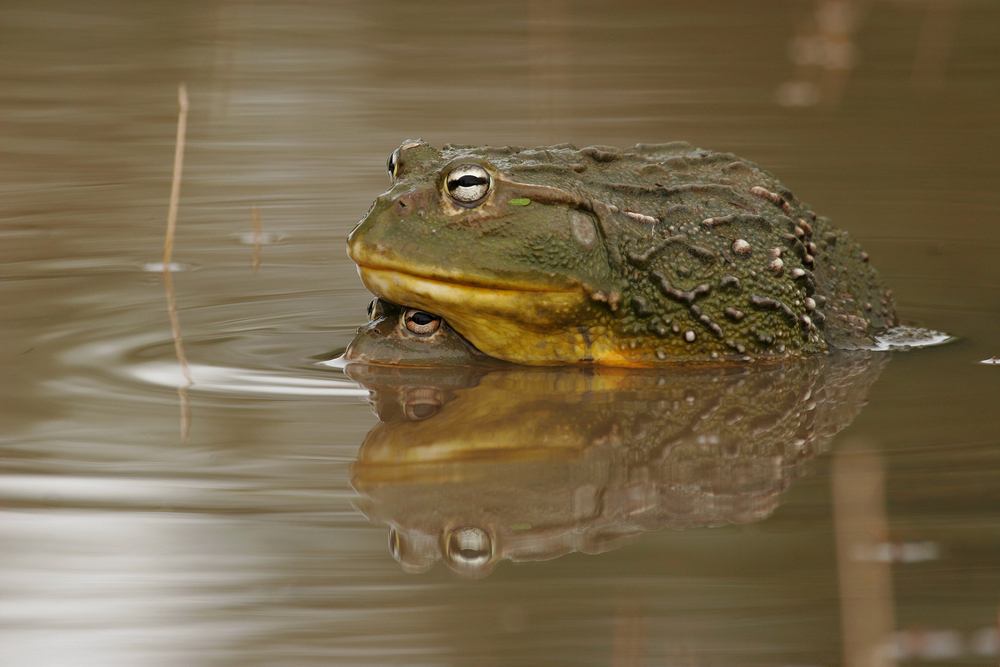
Try saying this: oshiketakata. Got it? That’s the Namibian term for a kidney disease you can catch if you eat a young bullfrog or a toxic part of a matured bullfrog while food-tripping across Namibia.
Although bullfrogs are commonly served in the country as a celebratory dish on the “third rain of spring” or after the mating season, there’s certainly nothing to celebrate about if you are one of the unlucky few who will suffer the consequences of eating this traditional fare. The symptoms of oshiketakata include a burning sensation in the urethra and kidney failure.
Are you brave enough to try any of these? Tell us in the comments!







